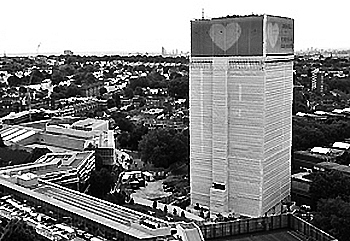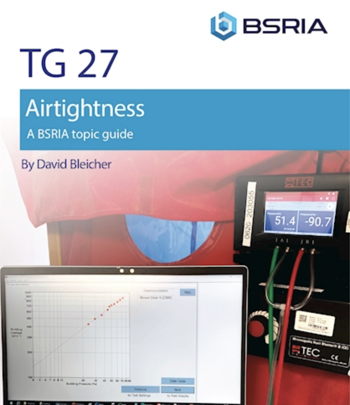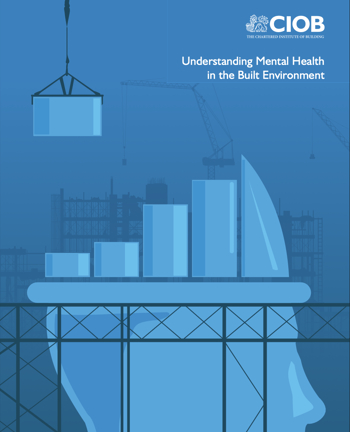Sound reduction index (SRI)
The sound reduction index (SRI, or sometimes just R) is a measure of the reduction in the intensity of sound when it passes through part of a building; in other words, the level of sound insulation provided. It is the difference between the sound intensity that hits one side of an object (such as a wall, door, window, partition and so on) and the sound intensity measured on the other side, expressed in decibels (dB).
When sound hits the surface of a material, some will be reflected, some will be absorbed by the material and some will be transmitted through it. By determining the SRI, the effectiveness of the element as an insulator (the amount of sound that it has prevented from passing from one side to another) can be assessed.
SRI is defined in the series of international standards ISO 16283 (parts 1-3). Standard testing methods, both in laboratory and field environments, have been established for measuring SRI.
In the USA, the sound transmission class rating is typically measured as the Noise Reduction Coeffiecient (NRC). This measurement is in the process of transitioning to the Sound Absorption Average (SAA).
NB Approved document E: Resistance to the passage of sound, 2003 edition incorporating 2004, 2010, 2013 and 2015 amendments, defines sound reduction index (R) as: ‘A quantity, measured in a laboratory, which characterises the sound insulating properties of a material or building element in a stated frequency band. See BS EN ISO 140-3:1995.’
[edit] Related articles on Designing Buildings
Featured articles and news
The UK's Modern Industrial Strategy: A 10 year plan
Previous consultation criticism, current key elements and general support with some persisting reservations.
Building Safety Regulator reforms
New roles, new staff and a new fast track service pave the way for a single construction regulator.
Architectural Technologist CPDs and Communications
CIAT CPD… and how you can do it!
Cooling centres and cool spaces
Managing extreme heat in cities by directing the public to places for heat stress relief and water sources.
Winter gardens: A brief history and warm variations
Extending the season with glass in different forms and terms.
Restoring Great Yarmouth's Winter Gardens
Transforming one of the least sustainable constructions imaginable.
Construction Skills Mission Board launch sector drive
Newly formed government and industry collaboration set strategy for recruiting an additional 100,000 construction workers a year.
New Architects Code comes into effect in September 2025
ARB Architects Code of Conduct and Practice available with ongoing consultation regarding guidance.
Welsh Skills Body (Medr) launches ambitious plan
The new skills body brings together funding and regulation of tertiary education and research for the devolved nation.
Paul Gandy FCIOB announced as next CIOB President
Former Tilbury Douglas CEO takes helm.
UK Infrastructure: A 10 Year Strategy. In brief with reactions
With the National Infrastructure and Service Transformation Authority (NISTA).
Ebenezer Howard: inventor of the garden city. Book review.
The Grenfell Tower fire, eight years on
A time to pause and reflect as Dubai tower block fire reported just before anniversary.
Airtightness Topic Guide BSRIA TG 27/2025
Explaining the basics of airtightness, what it is, why it's important, when it's required and how it's carried out.
Construction contract awards hit lowest point of 2025
Plummeting for second consecutive month, intensifying concerns for housing and infrastructure goals.
Understanding Mental Health in the Built Environment 2025
Examining the state of mental health in construction, shedding light on levels of stress, anxiety and depression.





















